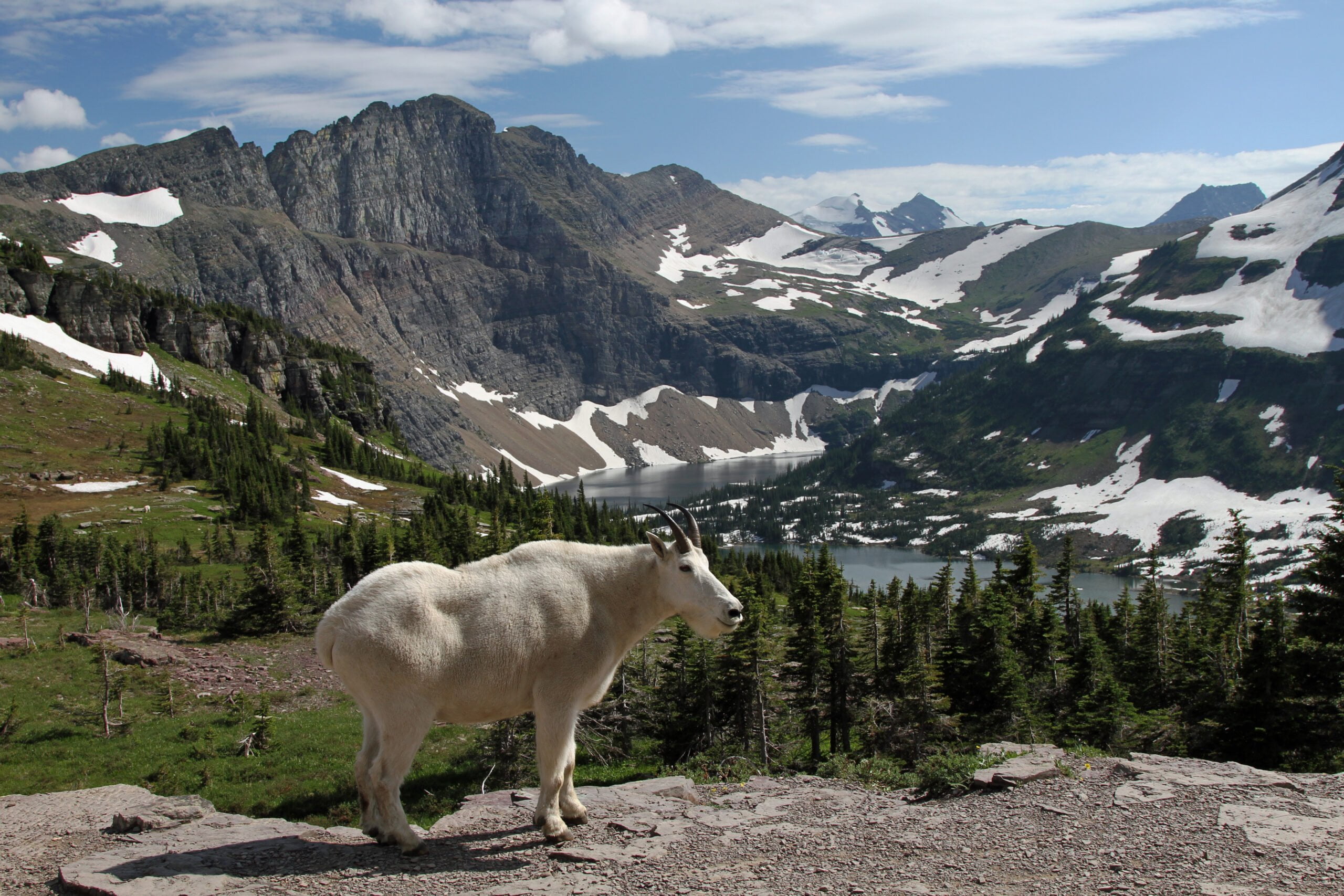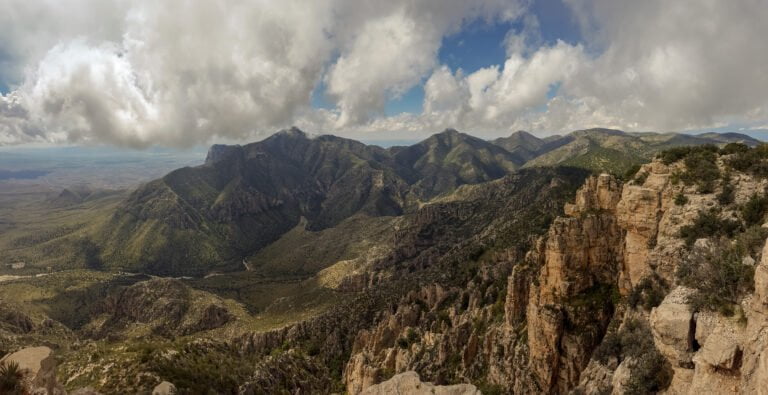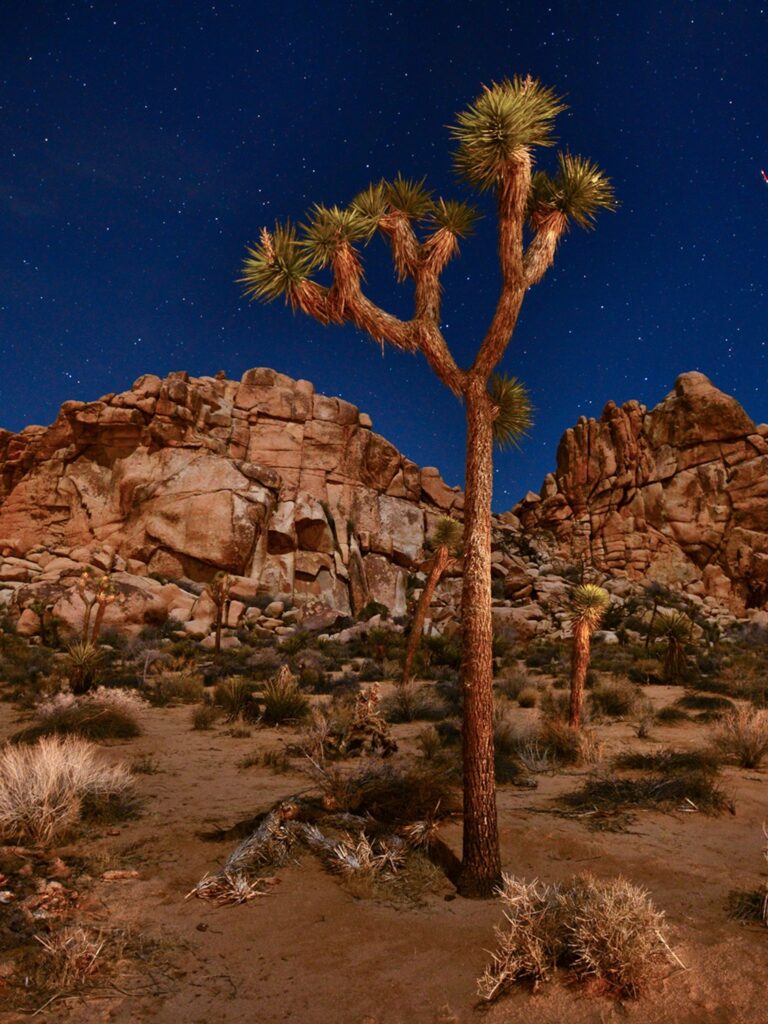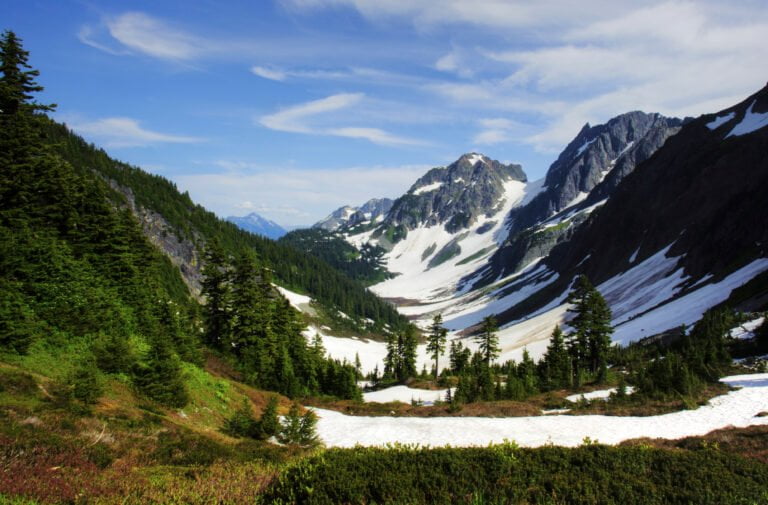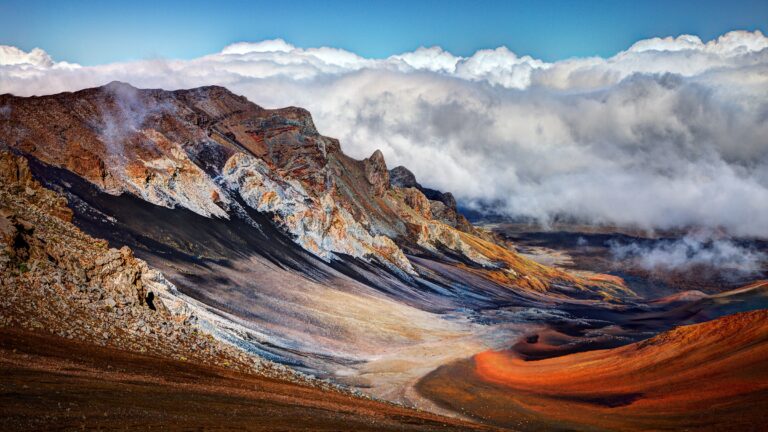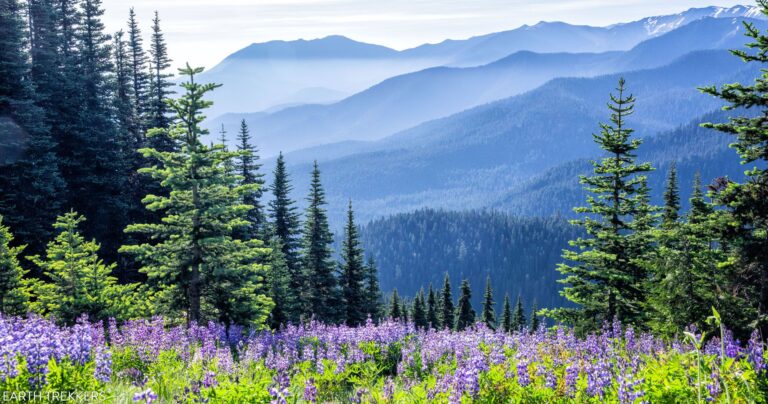Glacier National Park
Glacier National Park, located in Montana, is a breathtaking and diverse wilderness that attracts millions of visitors each year. However, before planning your trip to this natural wonder, it’s essential to understand the regulations regarding firearms within the park boundaries.
Each state has its own laws and rules concerning gun ownership and usage, and these may differ from federal laws. Knowing the guidelines will not only ensure a safe and enjoyable experience but also help you avoid any legal issues during your visit.
Understanding the Laws
In 2010, the federal government altered the rules to allow gun owners to bring firearms into National Parks. However, it’s essential to remember that while the federal law permits this, each state has the authority to determine its own rules regarding carrying firearms within its national parks. In the case of Glacier National Park, Montana’s state laws apply.
Restricted Areas
Although firearms may be allowed in some areas of Glacier National Park, there are specific places where it is strictly prohibited. For instance, bringing guns into Park Service offices and visitor centers is against the law, among other locations. Such areas will have prominent signs at public entrances indicating the ban on firearms.
Distinction between Carrying and Using Firearms
It’s crucial to understand the distinction between carrying a gun and using it within the park. While carrying a firearm may be allowed under certain circumstances, discharging it or hunting is strictly prohibited in Glacier National Park.
The History of Glacier National Park
Before delving into the firearms regulations, it’s worth appreciating the rich history of Glacier National Park. Approximately 20,000 years ago, the region underwent significant geological changes due to the force of melting ice fields. Today, the park stands on the northern border of the United States, adjacent to Canada’s Waterton Lakes National Park.
Glacier National Park, which first opened its doors to the public a century ago, was home to over a hundred glaciers. Unfortunately, climate change has taken its toll, leading to the gradual disappearance of these majestic ice formations. Now, much of the park is covered by dense forests, housing various plant species, including aspens, cottonwoods, and conifers. Additionally, the park boasts the highest concentration of wolverines in the United States, making it an ecological treasure.
The World’s First International Peace Park
An interesting piece of trivia about Glacier National Park is that it joined hands with Canada’s Waterton Lakes National Park in 1932, becoming the world’s first International Peace Park. This collaboration between the two countries demonstrates the commitment to preserve the natural beauty and wildlife on both sides of the border.
Best Time to Visit
To make the most of your trip to Glacier National Park, consider visiting between July and September. These months offer the best weather conditions and ample opportunities to explore the park’s wonders.
Visitor Fees
Understanding the entrance fees is crucial for planning your trip. Between May and October, the rates are as follows:
- $20.00 per person/cyclist for up to 7 days
- $35.00 per vehicle for up to 7 days
- $30.00 per motorcycle for up to 7 days
For the winter season (November 1 to April 30), the fees are as follows:
- $15.00 per person/cyclist for up to 7 days
- $25.00 per vehicle for up to 7 days
- $20.00 per motorcycle for up to 7 days
For frequent visitors, an annual park pass is available at $70.00, granting access to Glacier National Park throughout the year. Moreover, for those planning to visit multiple national parks, the “America The Beautiful Annual Park Pass” priced at $80.00 provides access to all U.S. National Parks for a year. This pass also offers discounts for seniors, military personnel, and others.
Visitor Centers
When visiting Glacier National Park, you can find helpful information and resources at various visitor centers. Here are some of the key ones:
Apgar Visitor Center
- Address: Apgar Visitor Center, West Glacier, MT 59936
- Phone Number: (406) 888-7800
- Hours of Operation: Daily 8:00 AM–5:30 PM
- Check for seasonal closures before planning your visit.
St. Mary Visitor Center
- Address: Saint Mary Visitor Center, Parking lot, Browning, MT 59417
- Hours of Operation: Daily 8:00 AM–5:00 PM
- Be sure to check for seasonal closures.
Logan Pass Visitor Center
- Address: Logan’s Pass Visitor Center, Browning, MT 59417
- Hours of Operation: Daily 9:00 AM–7:00 PM
- Be sure to check for seasonal closures.
Conclusion
Glacier National Park is an extraordinary destination for nature enthusiasts and adventurers alike. When planning your visit, ensure you are well informed about the laws concerning firearms and abide by the park’s regulations to ensure a safe and enjoyable experience for yourself and others.
FAQs;
Q1: Can I carry a firearm in Glacier National Park?
Yes, you may be able to carry a firearm in the park, but it’s essential to be aware of Montana’s state laws and the park’s regulations.
Q2: Can I use my firearm for hunting in Glacier National Park?
No, hunting and discharging firearms are strictly prohibited within the park.
Q3: Are firearms allowed in Park Service offices and visitor centers?
No, firearms are not allowed in these areas or other designated prohibited locations within the park.
Q4: What is the best time to visit Glacier National Park?
The best time to visit is between July and September when the weather is pleasant and conducive to outdoor activities.
Q5: Why is Glacier National Park famous?
Glacier National Park is most famous for its spectacular glaciated mountain landscape, abundant wildlife, beautiful lakes, and trails through alpine scenery, and the historic lodges within the park’s boundaries. Over a million acres of rugged forests, valleys, and peaks coupled with Glacier’s rich biodiversity make it an iconic national park drawing visitors from worldwide.
Q6: What is the story of Glacier National Park?
The story of Glacier National Park begins with Native American tribes like the Blackfeet Nation who occupied the land for hundreds of years before Europeans arrived. Early explorers and settlers began inhabiting the area in the mid to late 1800s.
Q7: What are the entrance fees to Glacier National Park?
The entrance fees vary depending on the season and mode of transportation.
